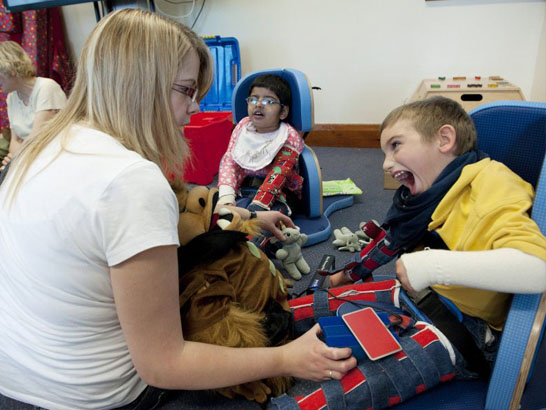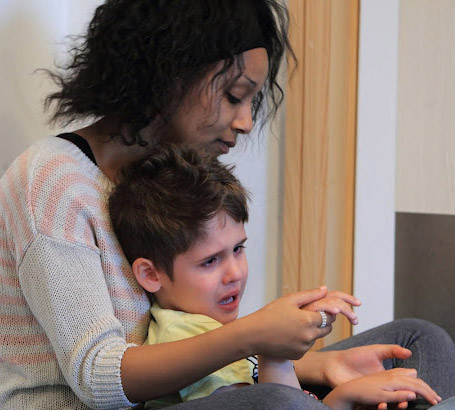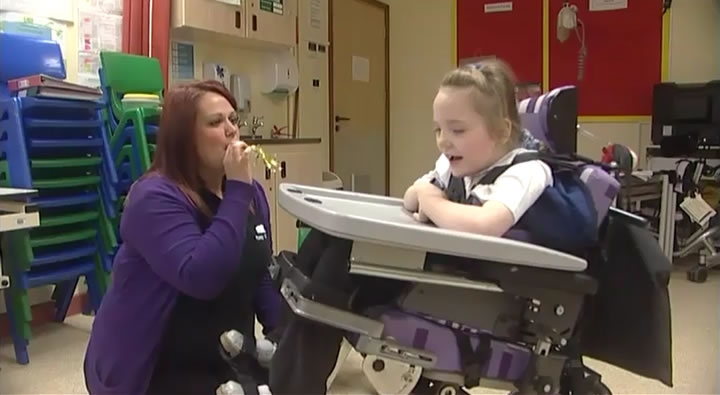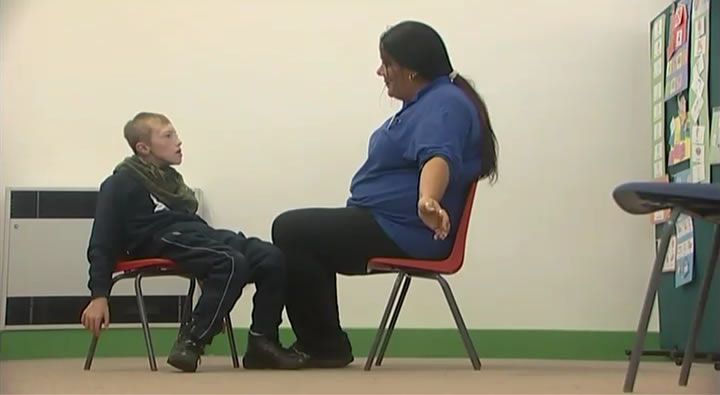
Well before they can express themselves in the language spoken by their parents, babies show their emotions using both facial expressions and body language. The same emotionality will be the case for an older child who is an early communicator.
In general terms, typical emotional development proceeds as follows:
| Age | Emotion |
| Birth to 6 months | Social smile and other sounds and actions that indicate pleasure. First response is to adult smiles and interactions but
as the child becomes more aware of the environment, they respond pleasurably to a wider range of contexts. Laughter (around 3/4 months). |
| 7-12 months | Reactions to fear (crying), disgust, anger. |
| 12 months + | Embarrassment, pride, shame. |
| 2 years | Empathy. |
Think about your own babies and young children or other typically developing babies or children you know. What facial expressions or body language do they use to indicate particular emotions?

When two people communicate they read each other's emotional state.
Children with SLD/PMLD/CLDD may not display conventional signals of their emotional state, so it is important for teachers and caregivers to understand how each child portrays a particular emotion.
Watch the film clip in which Leanne, a teaching assistant, tries to establish how Alice expresses that she likes or dislikes something.
In this clip, Lesley, a senior teaching assistant, interacts with Jordan, a child with PMLD. Note how Lesley reads Jordan’s emotional state and pitches her interaction accordingly.

